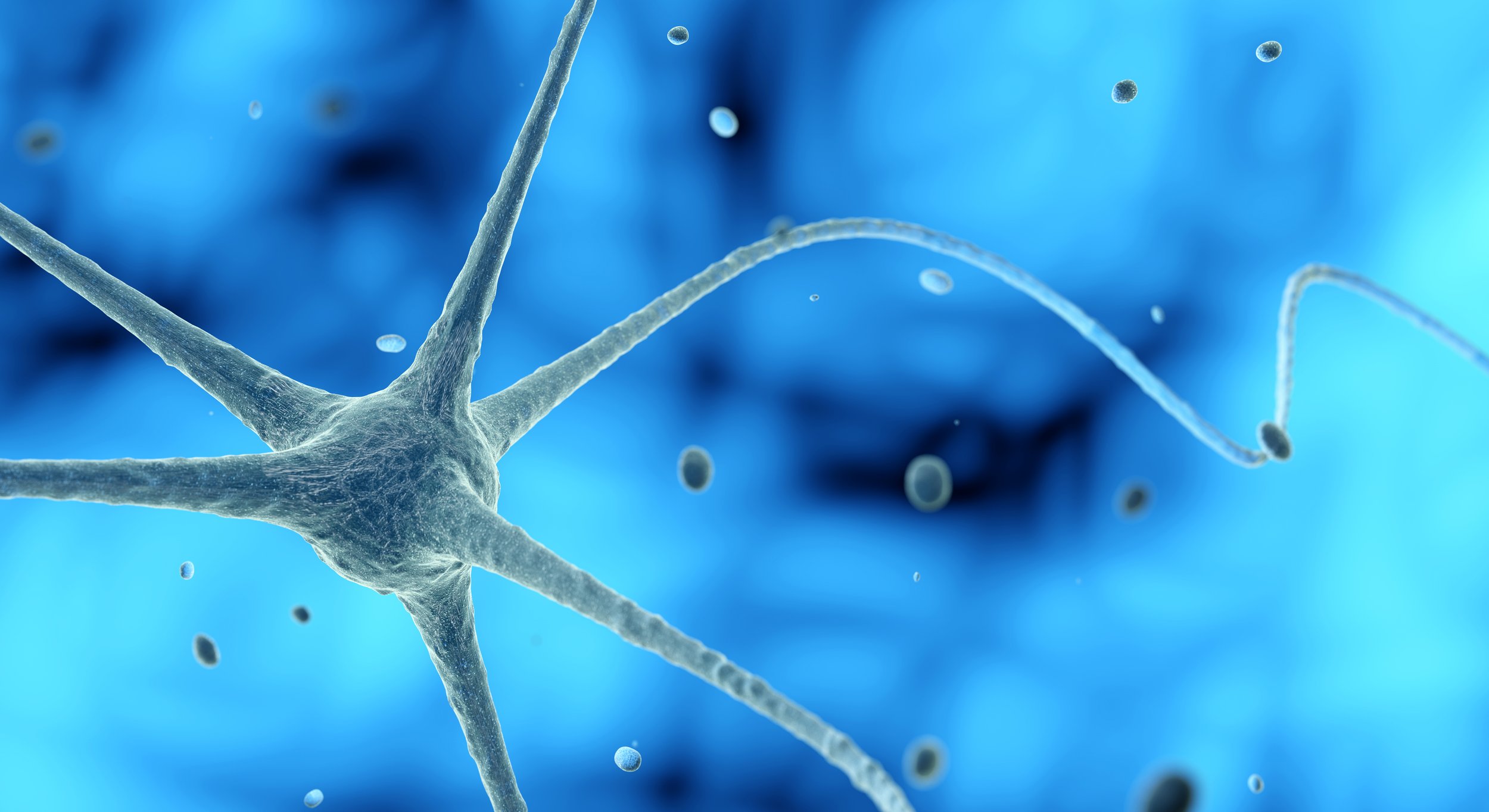Nerve injuries can occur as a result of trauma, injury, disease, or prolonged compression of nerves. The symptoms of nerve injuries depend on the location and severity of the injury, and may include numbness, tingling, weakness, muscle atrophy, and loss of sensation.
Causes:
Trauma or injury, such as fractures, dislocations, cuts, and crush injuries
Repetitive motion or overuse, such as carpal tunnel syndrome
Medical conditions, such as diabetes, multiple sclerosis, and Guillain-Barre syndrome
Infections, such as shingles and Lyme disease
Symptoms:
Numbness or tingling
Weakness or paralysis
Pain
Sensory loss or hypersensitivity
Muscle atrophy
Prevention:
Avoiding repetitive motions or overuse
Wearing protective gear during physical activity
Maintaining good posture and ergonomics
Managing medical conditions that can contribute to nerve injuries
Treatments:
Medications, such as pain relievers and anti-inflammatory drugs
Physical therapy to improve strength, range of motion, and coordination
Surgery to repair or remove damaged nerves
Occupational therapy to improve daily living skills
Alternative therapies, such as acupuncture and massage therapy
It is important to seek medical attention if you suspect you have a nerve injury, as prompt treatment can help prevent further damage and improve outcomes.
How does physical therapy treat nerve injuries?
Physical therapy can be an effective treatment option for nerve injuries, as it helps to improve strength, range of motion, and coordination. The specific approach to physical therapy for nerve injuries will depend on the location and severity of the injury. Here are some examples of physical therapy interventions commonly used for nerve injuries:
Range of motion exercises: These exercises help to improve the flexibility of the affected limb or body part. Range of motion exercises may include passive, active-assisted, or active exercises, and are designed to prevent muscle contractures and maintain joint mobility.
Strengthening exercises: Strengthening exercises help to improve the strength of the muscles surrounding the affected nerve. These exercises may include resistance training, weight-bearing exercises, and isometric exercises.
Neuromuscular re-education: This technique helps to retrain the nervous system to perform normal movements and functions. Neuromuscular re-education exercises may include proprioceptive training, balance training, and coordination exercises.
Sensory re-education: This technique aims to improve the sensory function of the affected nerve. Sensory re-education exercises may include texture discrimination, sensory discrimination, and graded sensory exposure.
Soft tissue mobilization: Soft tissue mobilization techniques such as massage, myofascial release, and trigger point therapy can be used to relieve pain, reduce muscle tension, and improve circulation to the affected area.
Electrical stimulation: Electrical stimulation techniques, such as transcutaneous electrical nerve stimulation (TENS) and neuromuscular electrical stimulation (NMES), can be used to help reduce pain, improve muscle strength, and stimulate nerve function.
5 self-help exercises for nerve injury:
It is important to seek professional medical attention if you suspect you have a nerve injury. However, in addition to medical treatment, there are some self-help exercises that may help to alleviate symptoms and promote nerve healing. Here are five exercises you can do at home for nerve injury:
Stretching exercises: Gentle stretching exercises can help to improve range of motion and reduce muscle tension, which may be contributing to nerve compression. For example, stretching the neck by tilting the head to the side and holding for 10-20 seconds, then repeating on the other side.
Range of motion exercises: As mentioned before, range of motion exercises can help to maintain joint mobility and prevent muscle contractures. For example, gently bending and straightening the elbow joint or moving the ankle joint in circles.
Deep breathing exercises: Deep breathing exercises can help to reduce stress and promote relaxation, which may help to alleviate pain and muscle tension. Sit or lie down comfortably and take slow, deep breaths in through your nose, and out through your mouth.
Resistance exercises: Resistance exercises can help to improve muscle strength and promote nerve healing. For example, gripping and squeezing a soft ball for a few seconds and then releasing, repeating this for several sets.
Mind-body exercises: Mind-body exercises such as yoga, tai chi, and meditation can help to reduce stress and promote relaxation, which may help to alleviate symptoms associated with nerve injuries. For example, trying a guided meditation or gentle yoga poses.
It is important to note that these exercises should be done under the guidance of a licensed healthcare provider or physical therapist, as incorrect or excessive exercise can exacerbate symptoms. Additionally, it is important to listen to your body and avoid any exercises or movements that cause pain or discomfort.
Overall, physical therapy for nerve injuries should be individualized to the patient's specific needs and goals, and should be conducted under the supervision of a licensed physical therapist. It is important to follow a structured treatment plan and attend all recommended physical therapy sessions to achieve the best possible outcomes.

